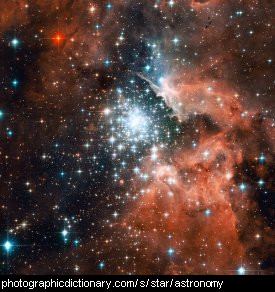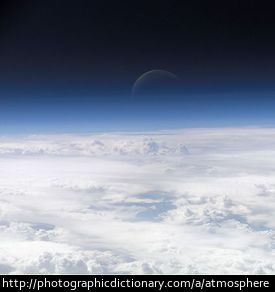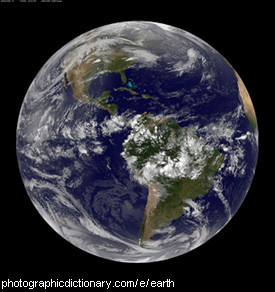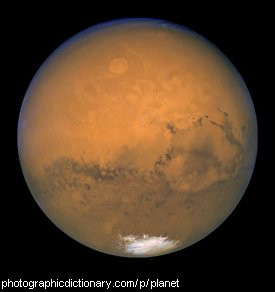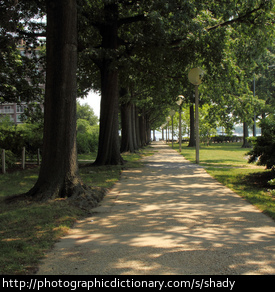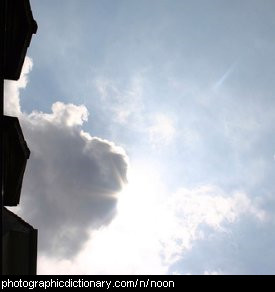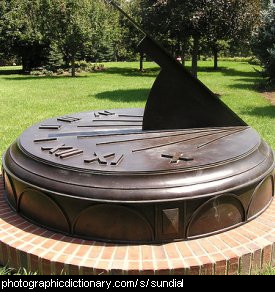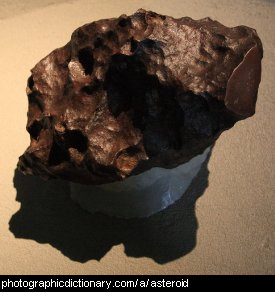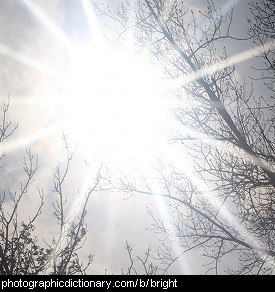Sis forStar (astronomy)
Ais forAtmosphere
A planet is a large body that orbits a sun. Planets, unlike suns, do not give off light. Our solar system has eight planets, nine including pluto. They are:
Sundials are a device that uses the sun to tell the time. A sundial is made up of a horizontal dial plate with numbers on it, and a vertical upright called a gnomon. As the sun moves, the shadow cast by the gnomon moves around the dial plate, and you can read the time off what numbers it points to.
Some sundials use a shaft of light rather than a shadow, and the dial plate may be curved not flat. Some sundials have enough information on the dial plate to be able to tell the date as well as the time.
An asteroid is very similar to a comet - it is a large rock that orbits the sun. Comets have a tail, while asteroids do not.
Smaller rocks, from the size of a grain of sand to a large bounder are called meteoroids. When they enter the Earth's atmosphere, they are called meteors. If they hit the ground, they are called meteorites. The photo is of a meteorite.



